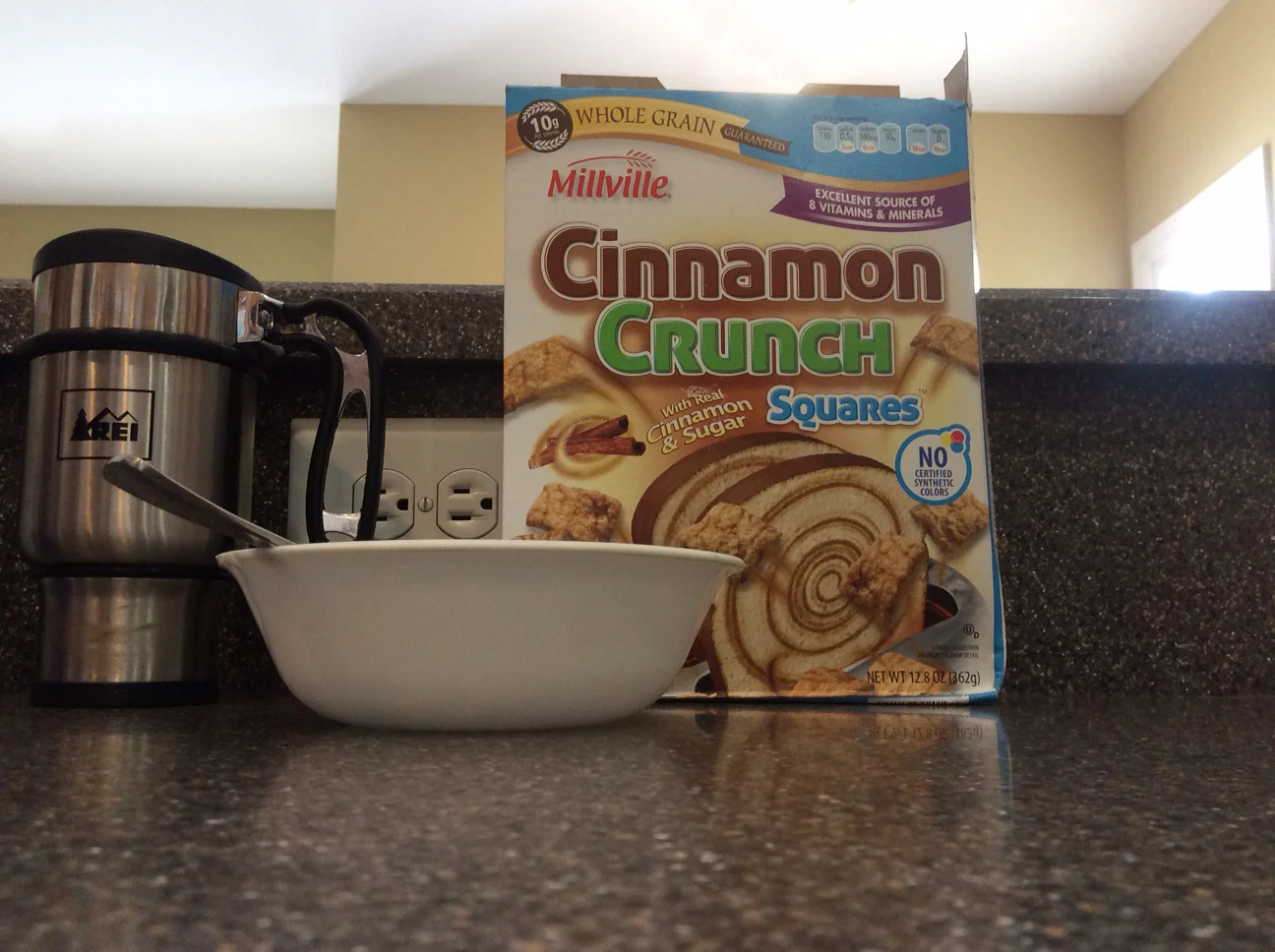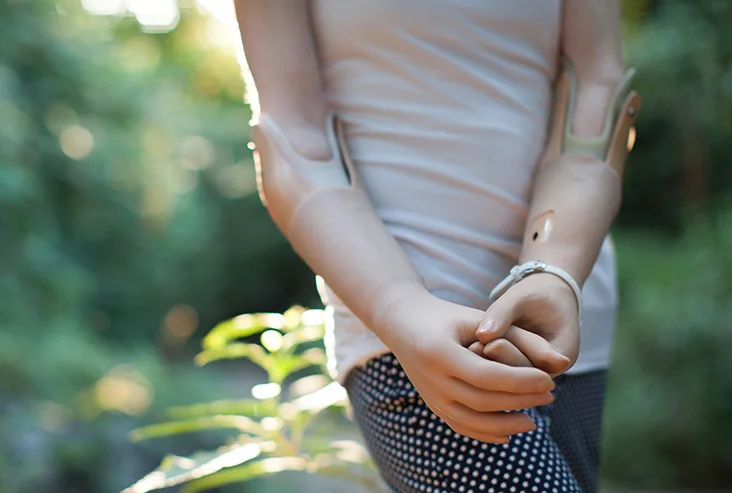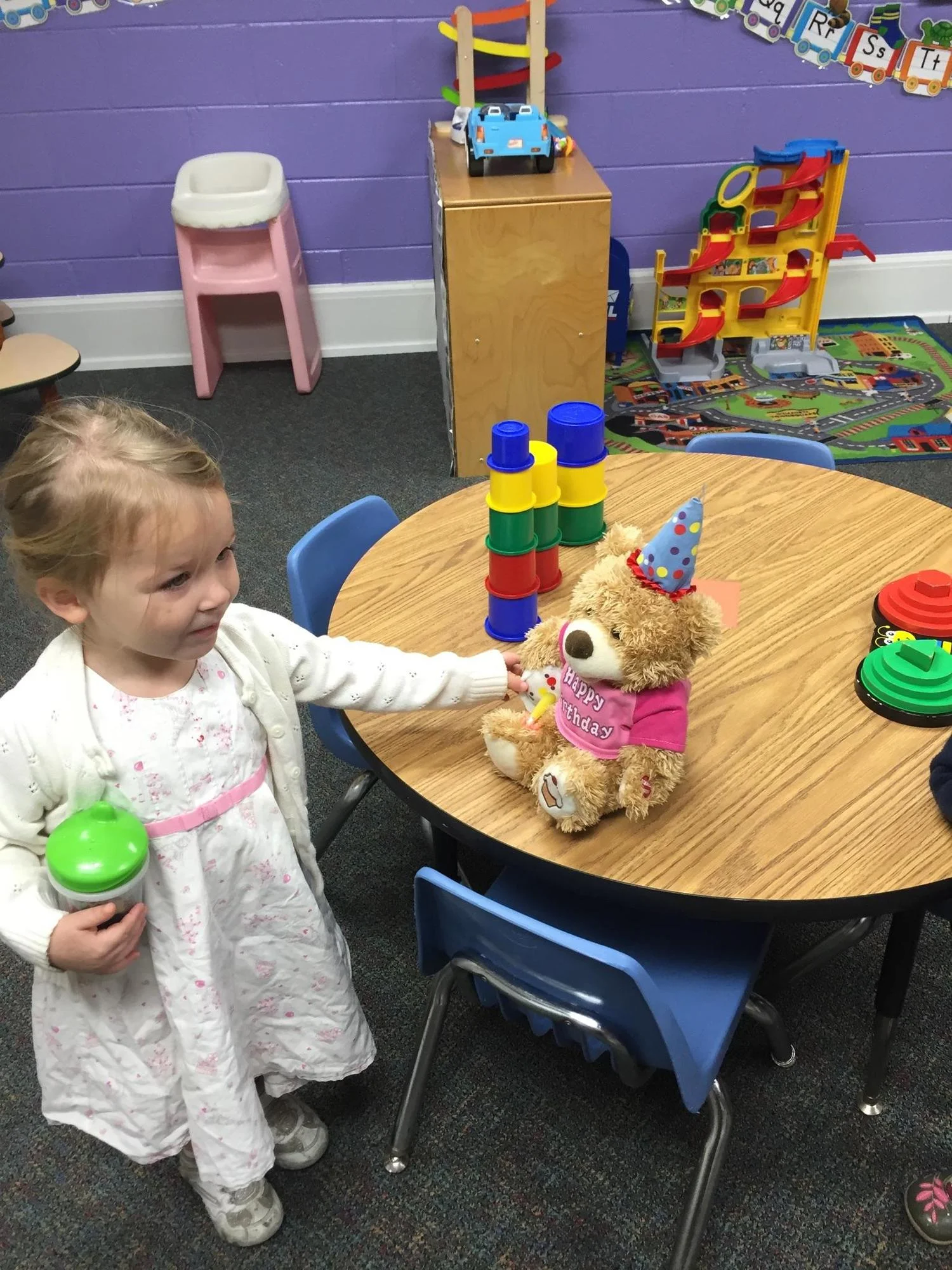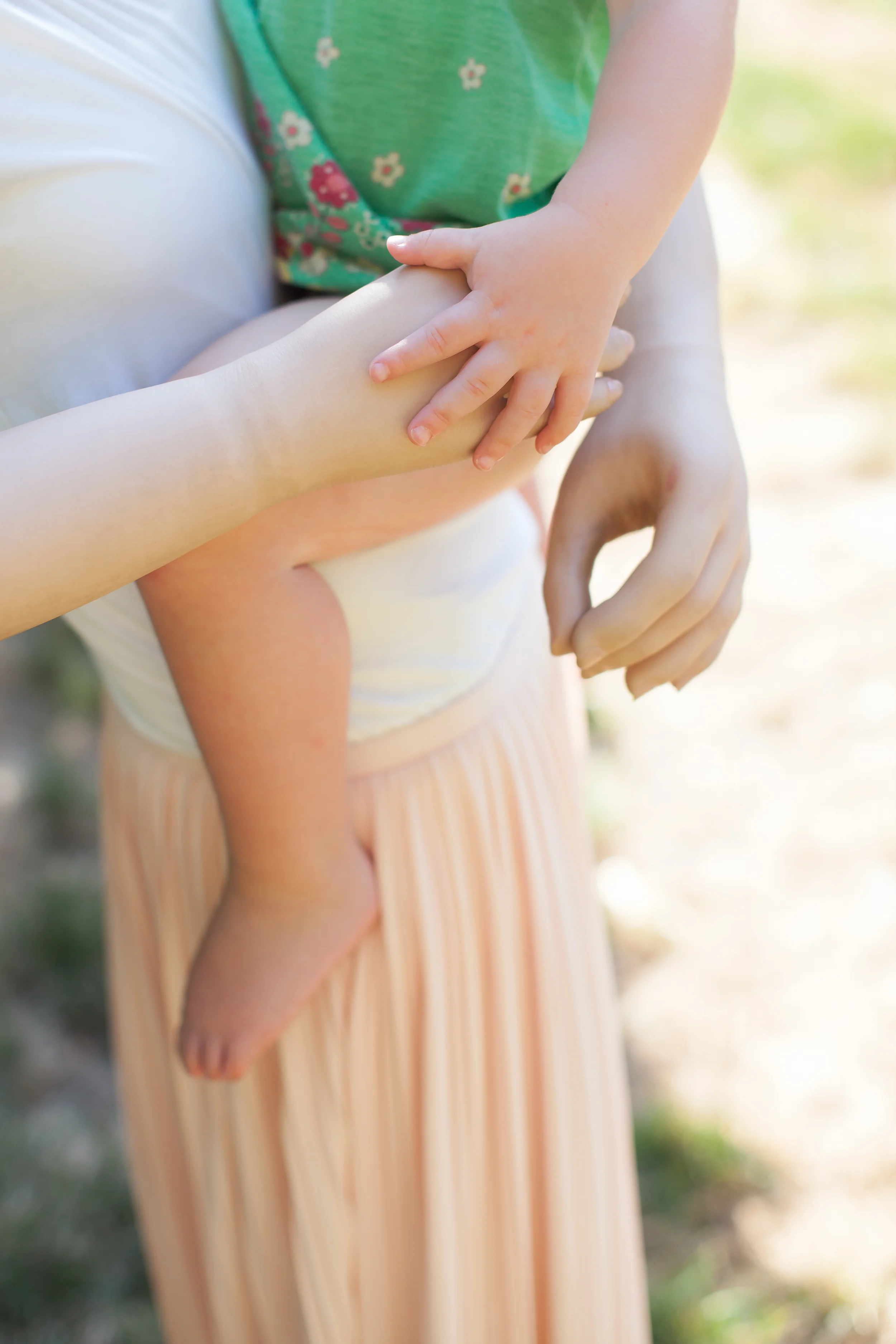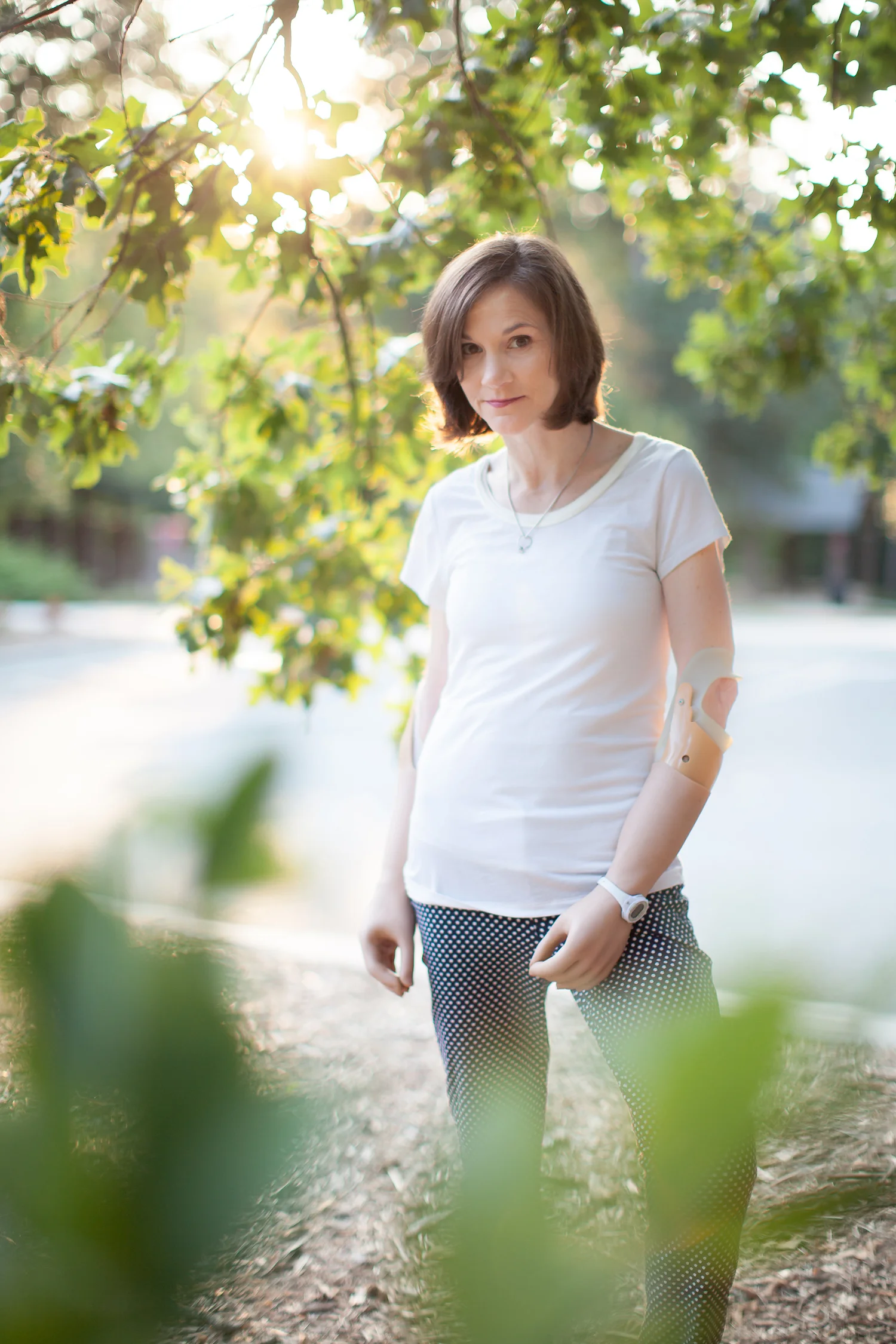The verdict is in, and I will likely never run again.
Yes, this ruling feels like a life sentence - I am a runner at heart, and I mourn the loss of that identity. Running has been my life-blood, my therapy, and my stress relief for my whole adult life. After a few hours (ok, months) of pity partying; I am getting up, brushing myself off, and hitting the gym again.
Emotionally, physically, and spiritually, I crave an activity that gets my heart rate up, makes me sweat, releases endorphins, clears my head, builds muscle, and glorifies God.
According to the authorities (doctors), I am "allowed" to ride the stationary bike or the elliptical. Those machines are fine, and I'm grateful that I'm physically able to use them. As long as I have an iPad and a good TEDtalk to occupy me, I can tolerate them as ways to sweat. I've even taken a few cycle classes. But frankly, I just need to MOVE more than those machines allow me to do.
Another obvious option is swimming...
I grew up swimming at the neighborhood pool, even joining the swim team by the time I was six years old. As a teenager, I was a lifeguard, swim instructor, and swim team coach. And as an abled adult runner, I occasionally swam laps for cross training. I even competed in a triathlon or two.
About a year ago, I participated in an event called "First Swim," offered by OPAF, an organization that travels around the country providing swimming (and other active) experiences for amputees.
This particular event that I attended was led by a two-time World Champion TriAthlete, Mabio Costa, a below the knee amputee, and assisted by the NCAA Champion Queens University Royals; and I was excited to try it.
As I headed to Queens University, I was envisioning a sweet college girl holding me like a baby in waist-deep water, helping me float on my back. Sounds easy enough, right?
Well, my "first swim" was nothing like that at all.
Instead, the leader had me remove all of my prosthetics and sit at the edge of the deep end. Then, he simply told me to "hop in!" As if it were that easy...
Mr. Costa predicted that I would sink; and he said that when I got to the bottom, I should push off and swim to the top as fast as I could. Did I mention that this pool was 12 feet deep?
I gasped, as two college girls treaded water and encouraged me, "Come on! We've got you. On the count of three, just jump in!"
I don't think I've ever been so scared, before or since. I had a whole new respect for the preschoolers that I taught to swim all those years ago. I truly understood the fear they'd expressed when I'd asked them to "just" jump into my arms!
"Ok," I thought. "I can do this." Mr. Costa seemed to know what he was talking about. I doubted that he'd go through all of this, just to watch me drown. Plus, I'd been resuscitated more than once already. I didn't see much risk wrapped up in one more time...
"Ok," I whispered to myself. "One, two, three..."
Only I didn't go.
The coach whispered back, "You can do this."
"One, two, three," I tried again.
And, with a burst, this time I hit the water!
It happened JUST like he said it would. I sank to the bottom. I pushed off, and I swam as fast as I could to the surface. I lifted my head, and I heard a boisterous cheer.
"You did it!"
There was my husband, and there were my kids. In the bleachers clapping, big smiles on their faces.
Yes, I did. I did do it.
"I'm swimming," I thought. Or maybe I shouted; it's hard to say.
Either way, the answer was clear: I can swim again!
I floated like a cork! Still, I was unbalanced and uneven. Treading water felt very strange, and I teeter-tottered back and forth like one of those old-school toys. I think they were called weeble-wobbles?
But I was doing it! I put my head back and easily floated on my back. Then I flipped over and tried some freestyle.
It was odd. Oddly easy to stay afloat. But oddly impossible to go anywhere.
Swimming, for me, works like a treadmill! I stroke and kick as fast as my little sticks can go, but I don't go anywhere!
Without hands, I don't have "oars." So my arms can crawl forward, but it's a bit like rowing a boat with sticks.
Kicking is even more fruitless. My legs feel like dead weight - it is easier to use a pull buoy so I don't have to kick at all. I'm not sure if that is due to my uneven lower body or to my toe-less foot lacking any resemblance to a webbed one. Are there any swimming experts or physicists out there who want to weigh in? Why is it that amputee swimming is so difficult and slow-going?
Regardless of my speed though, I'm finally swimming again! And I can say with confidence that I am getting a good cardiovascular workout each time. I get breathless, and I tire easily in the pool. My upper body and my entire core work especially hard.
Swimming is also fulfilling some of my emotional and spiritual needs. The breathing is meditative, and it is incredibly quiet under water. I get into a rhythm that is very similar to that of running.
I use that rhythm to repeat prayers like a rosary. I swim in honor of people on my prayer list, and there is plenty of time for reflection. At the same time, I can scream in frustration, and no one hears my curses.
These days I'm hitting the pool several times a week. With each workout, swimming gets easier; and I'm swimming faster, longer, and stronger.
Today I swam a MILE! 72 LENGTHS!
And all without prosthetics! Yup, just me and my little, broken body.
Yes. I am an amputee.
But I am also an athlete.
I am a swimmer.




